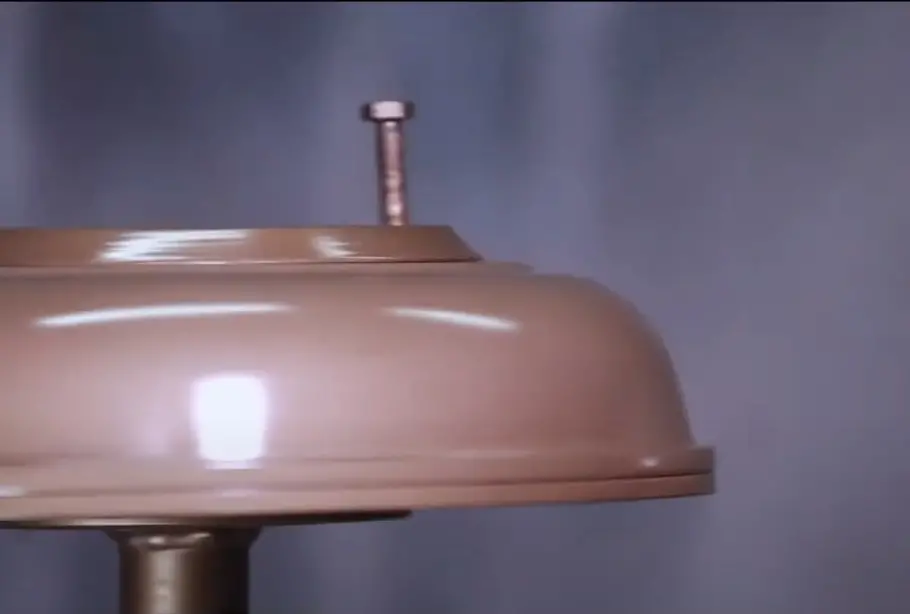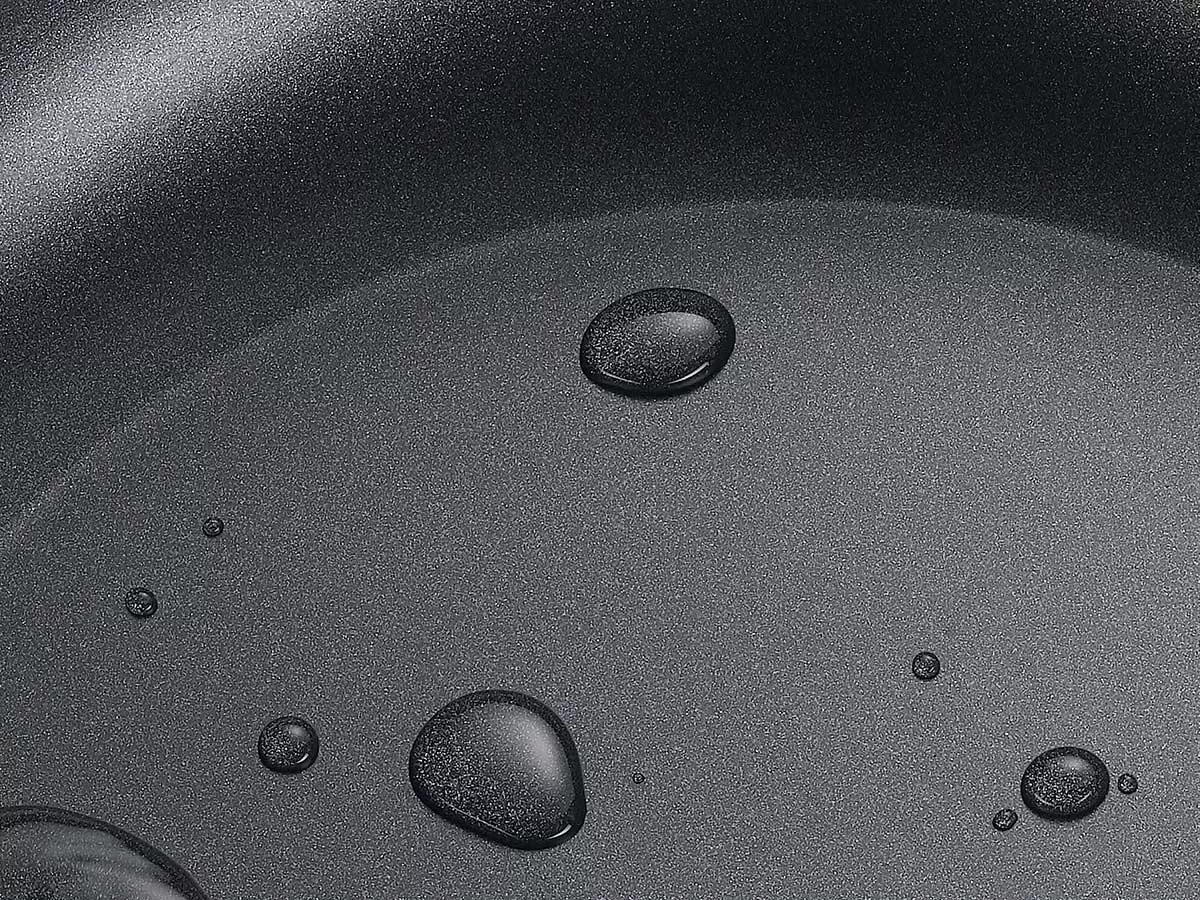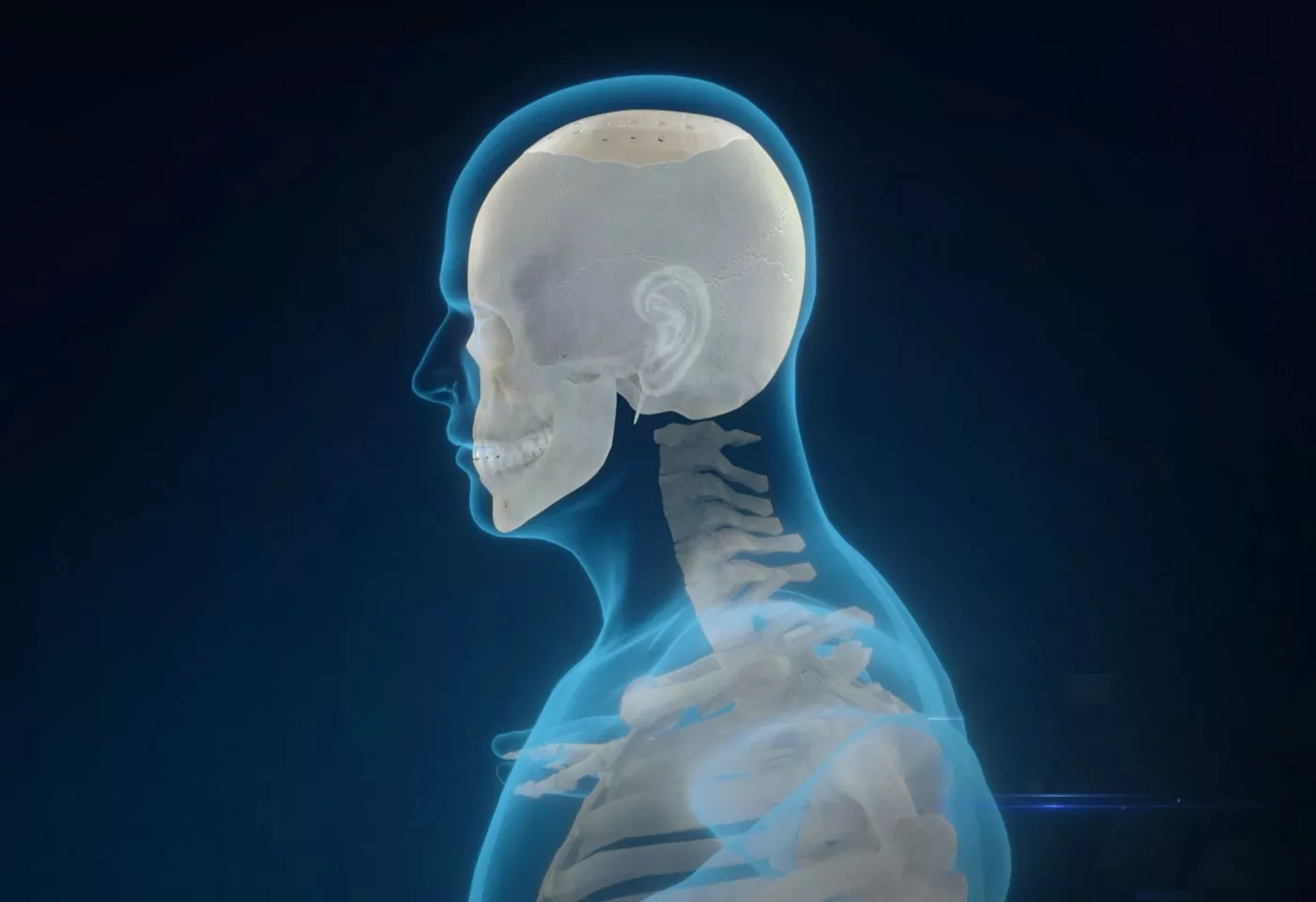When communicating with our customers, there are questions about our ceramic coating products. Our sales team is always ready to provide answers, and if necessary, our technical staff will visit the site to inspect and guide the process. To serve you better, we’ve prepared this content to address some common concerns during the application process.
1. Pre-Treatment is Crucial

Pfluon’s high-performance inorganic ceramic non-stick coatings are primarily applied to aluminum and its alloys. Pre-treatment of the substrate is a necessary step to ensure optimal coating adhesion.
Ensuring Surface Cleanliness
Before sandblasting, the surface should be cleaned at high temperatures to remove oil, followed by a 6-minute wash with sodium hydroxide (NaOH). The enhanced activity of NaOH at high temperatures effectively breaks down and emulsifies oils, resulting in a clean surface. After sandblasting, the substrate should be washed again with NaOH and hydrochloric acid solutions for 6 minutes each. Finally, the surface must be dried and inspected to ensure it is free of oil, moisture, rust, or other contaminants.
Uniform Sandblasting
We recommend using sand particles with a grit size of 80-120#, controlling the blasting speed and angle to achieve an optimal roughness (Ra2.0μ-3.0μ). This provides more mechanical interlock points, enhancing the coating’s adhesion.
When customers inquire about coating usage, it’s essential to note that the amount of coating required is tied to the product’s specific performance characteristics. Different ceramic non-stick coatings have different film thickness requirements, affecting theoretical coverage rates. Factors such as coating loss, application methods, and surface roughness must also be considered, meaning actual coverage rates are usually lower than theoretical ones. Therefore, it’s advisable to plan for more coating material than initially estimated to achieve the desired coating effect.
2. Careful Mixing of Components
Pfluon’s inorganic ceramic non-stick coatings typically consist of three components that need to be matured, applied, and baked at high temperatures to form a dense ceramic non-stick layer.
The Role of Maturation

Maturation allows the silane monomer in component B to hydrolyze and form silanol, which then undergoes polycondensation with silica sol. This process is critical for film formation, improving coating flow and reducing shrinkage stress during high-temperature curing, thus preventing coating cracks.
Before maturation, component A must be thoroughly rolled or stirred to ensure the solid particles and liquid medium are evenly mixed, preparing it for the chemical reactions with component B.
Attention must be paid to the rolling speed: too slow may cause sedimentation and agglomeration of solid particles, while too fast may introduce excessive air bubbles, affecting the coating quality. We recommend a speed of 100-150rpm for optimal mixing strength.
Mixing of Components A and B
Mixing components A and B is crucial for the coating’s performance, involving two key reactions: hydrolysis of the silane monomer and its polycondensation with silica sol. The hydrolysis of the silane monomer, forming reactive silanol (Si(OH)4), is essential for the subsequent polycondensation reaction that creates strong Si-O-Si bonds, which are fundamental to the ceramic coating’s structure.
Controlling the maturation conditions (temperature, humidity, time, etc.) ensures successful film formation. A maturation period of 8-12 hours at around 20°C is recommended. Insufficient or excessive maturation time can lead to coating defects such as drying, particles, and pinholes. Before use, component C should be added to adjust the curing rate and adhesion properties.
3. Application Method is Key
After mixing the three components, the coating can be sprayed.
Preparation for Spraying

The spraying environment should be dry, ventilated, and dust-free to prevent moisture and dust from interfering with the curing reaction and reducing coating performance. We also recommend using dedicated ceramic coating spray guns, pressure tanks, and sintering furnaces to avoid contamination.
Before use, the matured coating should be rolled at 90rpm to ensure uniform distribution of components and prevent sedimentation. The coating should be filtered through stainless steel mesh (400 mesh for base oil and 100 mesh for top oil) to remove particles and ensure even atomization and a smooth coating surface.
Spraying Technique
Adjust the atomization and flow rate of the spray gun to ensure the coating is evenly sprayed with the appropriate particle size and thickness. The nozzle sizes should be 1.0-1.3mm for base oil and 1.3-1.5mm for top oil. A spraying pressure of 3.5 bar is recommended for adequate atomization without excessive overspray.
Preheat the substrate to 50-80°C before applying the base oil, then spray the top oil while the base oil is still tacky. This promotes good chemical bonding between layers, enhancing overall uniformity and adhesion.
4. Storage Conditions
The storage conditions for Pfluon’s inorganic ceramic non-stick coatings directly affect their performance and lifespan.
Unmixed Coatings
Unmixed coatings should be sealed and stored in a cool, dry, and ventilated environment at 20°C, with a shelf life of 3 months.
Mixed Coatings
Mixed coatings can be stored at 5°C for 72 hours, at 5-15°C for 36 hours, and at 15-30°C for 24 hours. For long-term storage of component A, it should be rolled every 7 days for at least 1 hour at 110-130rpm to prevent sedimentation and deterioration.
By following these guidelines, you can ensure the optimal performance and longevity of Pfluon’s ceramic non-stick coatings, achieving high-quality results for your applications.





